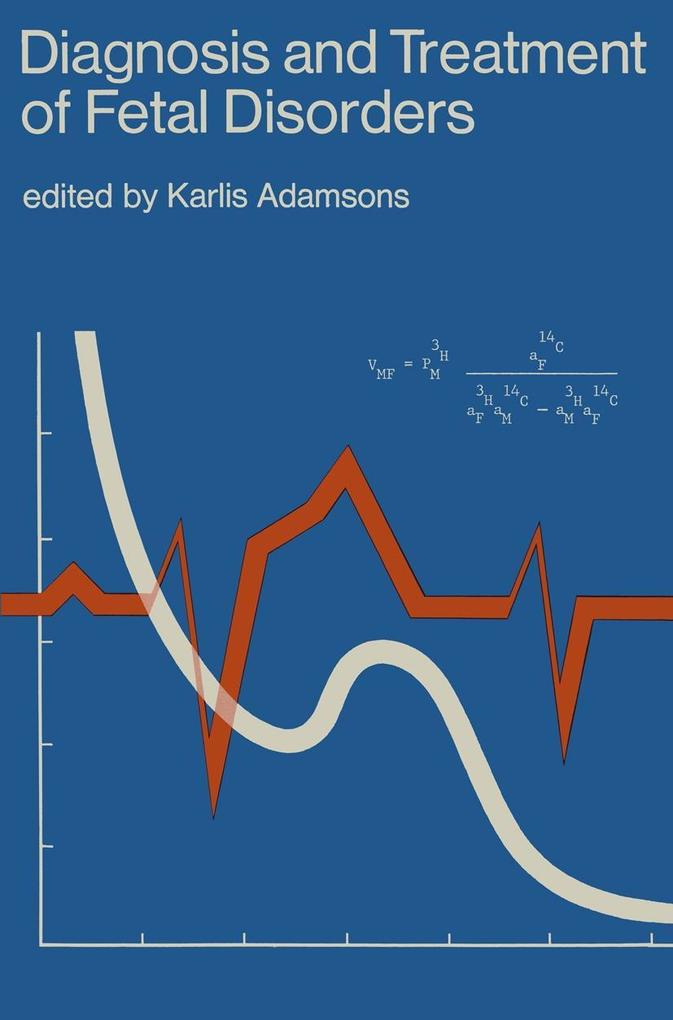Inhaltsverzeichnis
Morphologic and Cytogenetic Methods in the Diagnosis of Fetal Conditions. - Deprivation of the Human Fetus: Forms, Causes and Significance. - The Future of Antepartum Morphologic Studies. - Placental Biopsy: Results, Limitations and Topographical Differences. - Prenatal Sex-Chromatin and Chromosome Analysis. - Metabolic Performance of the Placenta and Fetus. - Cellular Growth of the Placenta as an Indicator of Abnormal Growth. - The Role of the Placenta in the Synthesis and Metabolism of Proteins. - Estimation of Rates of Production and Transfer of Hormones in Pregnancy. - Amniotic Fluid and Fetal Blood as Indicators of Fetal Circumstance. - Constituents of Amniotic Fluid: Reflections of Normal and Abnormal Fetal Maturation. - Amnioscopy and Fetal Blood Sampling. - Maternal-Fetal Acid-Base Relationships. - Use of Fetal Blood Sampling and Fetal Heart Rate Monitoring. - The Validity of Capillary Blood in the Assessment of the Acid-Base State of the Fetus. - Predictability and Complications of Fetal Blood Sampling. - Physical Methods in the Assessment of the Fetus. - Biophysical Studies of the Human Fetus. - Correlation of Intrapartum Changes in Fetal Heart Rate with Fetal Oxygen and Acid-Base State. - The Clinical and Pathological Effects of Asphyxiation in the Fetal Rhesus Monkey. - Gastrointestinal Activity and Water Absorptive Capacity of the Fetus. - Prenatal Treatment. - Indications and Results of Fetal Transfusions. - Surgical Treatment of Erythroblastosis Fetalis. - Intraperitoneal Blood Transfusion in the Fetal Lamb. - Prevention of Rh Disease with Passive Rh Immunoglobin. - Hepatic Microsomal Drug Metabolism in the Perinatal Period.
